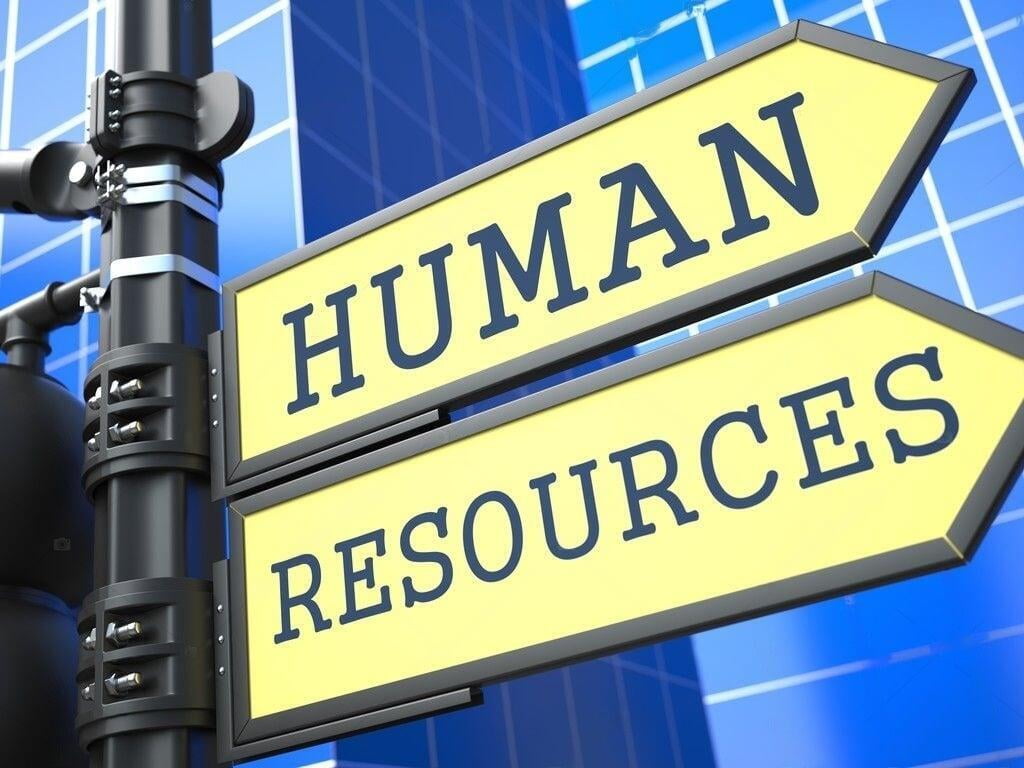HR and Payroll Process
The purpose of the payroll process is to ensure that employees are accurately and timely paid for the work they have performed. The payroll process involves a series of steps that starts with collecting information about the hours worked by employees, their pay rates, and any applicable deductions or benefits. The process then calculates the amount owed to each employee and generates paychecks or direct deposit payments.
Payroll also involves tax withholding and reporting, as employers are required to withhold income taxes, Social Security and Medicare taxes, and other applicable taxes from their employees' paychecks. Employers are also responsible for remitting these taxes to the appropriate government agencies and providing employees with annual tax forms such as Form 16.


In addition to paying employees and fulfilling tax obligations, the payroll process also provides important data for accounting and financial reporting purposes. Payroll data can be used to track labor costs, analyze employee compensation trends, and generate financial reports such as income statements and balance sheets.
The payroll process is a critical function for any organization that employs workers, as it ensures that employees are paid accurately and on time while fulfilling important tax and accounting requirements.
